As Australia braces for another summer of predicted record temperatures (yes, we know it seems to be “records” every summer!), businesses face a challenge that goes beyond mere discomfort. Heat doesn't just make us sweat - it fundamentally changes how we work, think, and perform.
The Numbers Tell a Story
Recent analysis from the Monday Morning Economist reveals the stark reality of heat's impact on work:
- For every 1°C increase above 22°C, workplace productivity drops by 2%
- Heat-related productivity losses cost the U.S. economy $100 billion annually
- These costs are projected to double by 2030
- When temperatures exceed 33-34°C, physical work productivity can drop by up to 50%
The Science Behind the Slowdown
The International Labour Organization's research shows that our bodies start struggling with productive work at surprisingly low temperatures. The tipping point? Just 24-26°C. This matters because:
- Physical performance declines as bodies work harder to stay cool
- Mental tasks become more challenging
- Decision-making abilities are affected
- Reaction times slow
- Error rates increase
Beyond the Construction Site
While we often think about outdoor workers first, the Federal Reserve Bank of Richmond's research shows the impact reaches far wider. Their studies found that rising summer temperatures directly affect overall economic growth rates, creating a compounding effect over time.
Indoor workers aren't immune:
- Office productivity decreases even in air-conditioned spaces
- Manufacturing processes become more error-prone
- Service industry workers face irregular temperature changes
- Healthcare workers need to stay alert despite the heat
The Australian Context
For Australian businesses, these findings hit particularly close to home. With each summer bringing new temperature records, we're at the forefront of adapting to this challenge. The Bureau of Meteorology's predictions for the upcoming summer suggest we'll need to prepare for:
- More frequent extreme heat days
- Extended periods of high temperatures
- Greater variation in cooling needs
- Increased strain on existing cooling infrastructure
What This Means for Your Business
Understanding these impacts helps shape smarter workplace strategies:
For Managers:
- Monitor workplace temperatures actively
- Plan high-intensity work for cooler periods
- Ensure adequate cool-down spaces
- Consider flexible working arrangements during heat waves
For Workers:
- Stay hydrated
- Take regular cooling breaks
- Use personal cooling solutions
- Monitor your heat exposure
The Path Forward
As temperatures climb, maintaining productivity isn't just about pushing through - it's about working smarter. The research makes it clear: investing in cooling solutions isn't a luxury, it's a business imperative.
Whether you're managing a construction site, running an office, or working in any of Australia's diverse workplaces, staying cool has become crucial for maintaining productivity and protecting worker wellbeing.




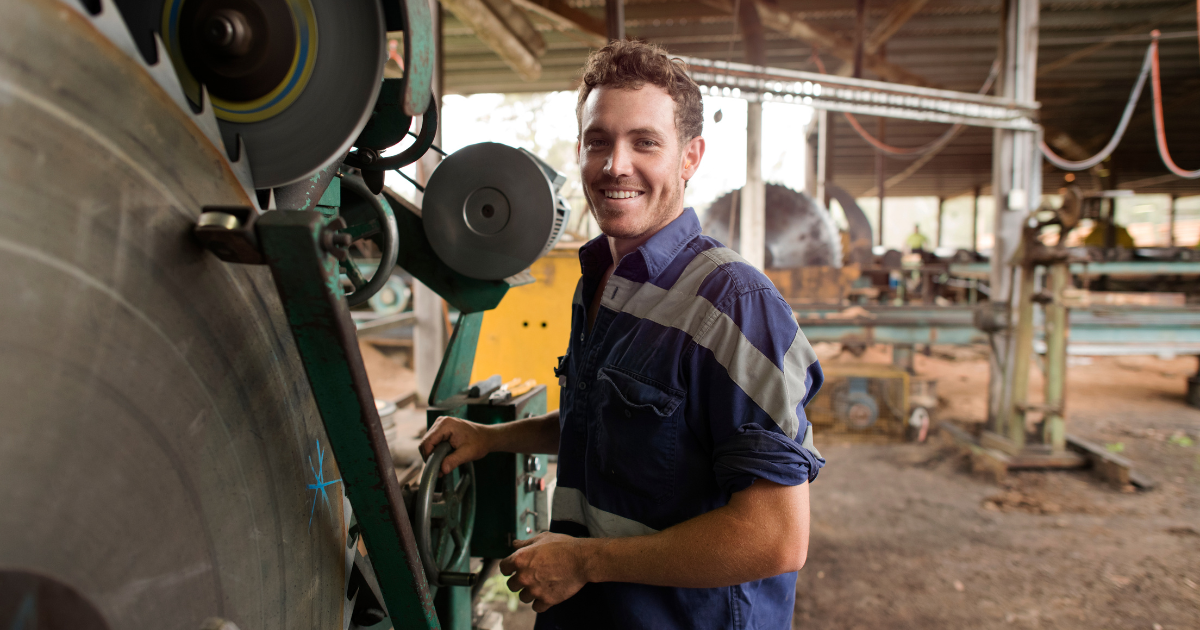
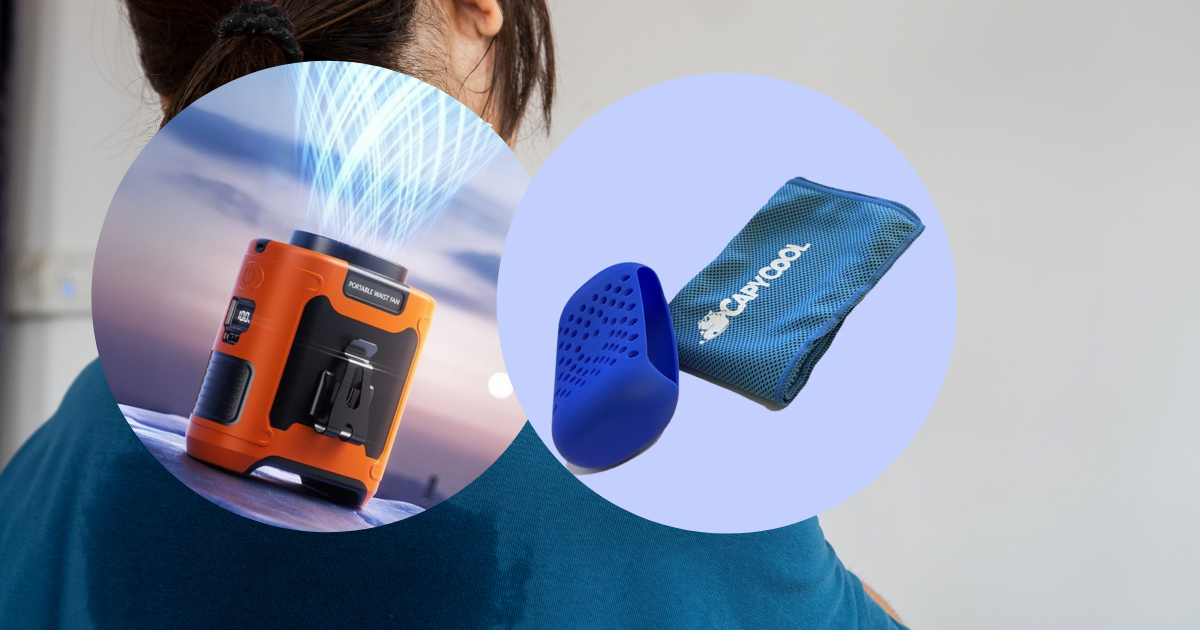




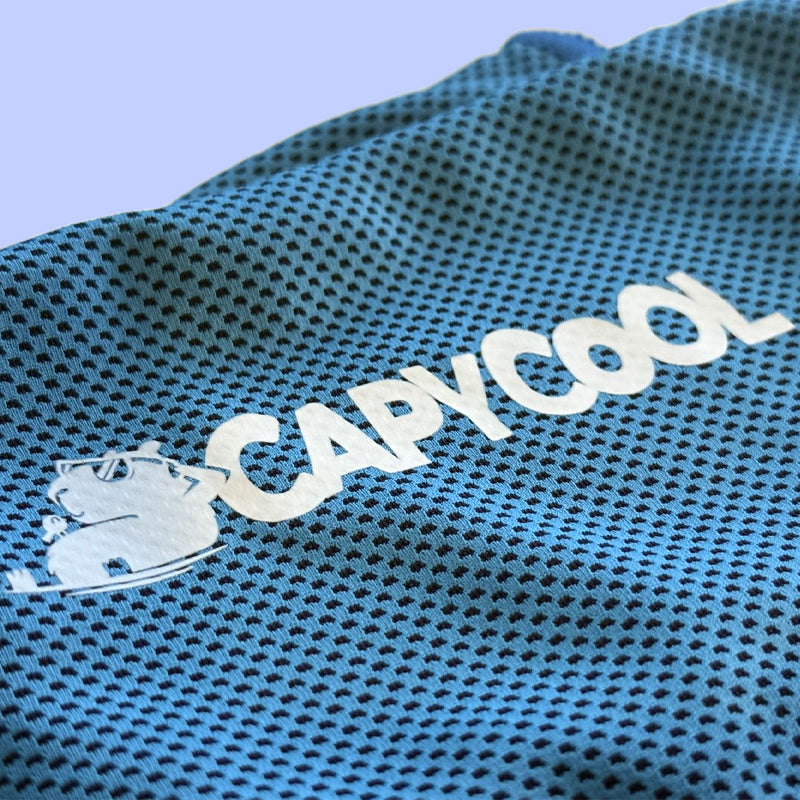
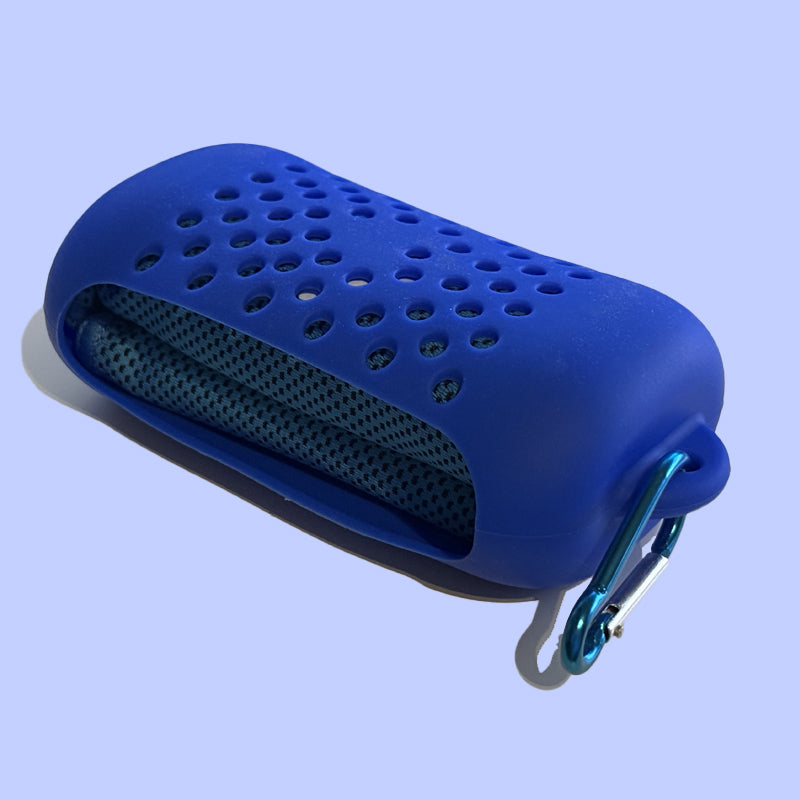








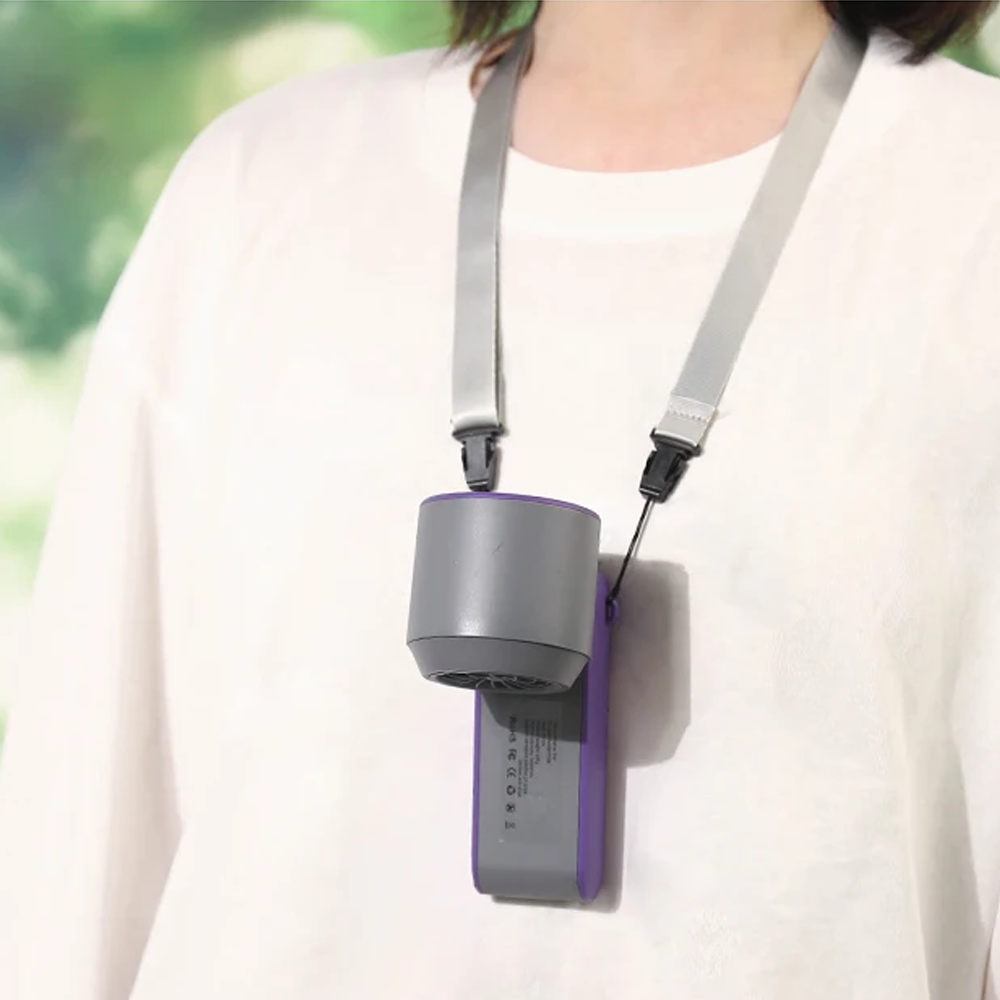

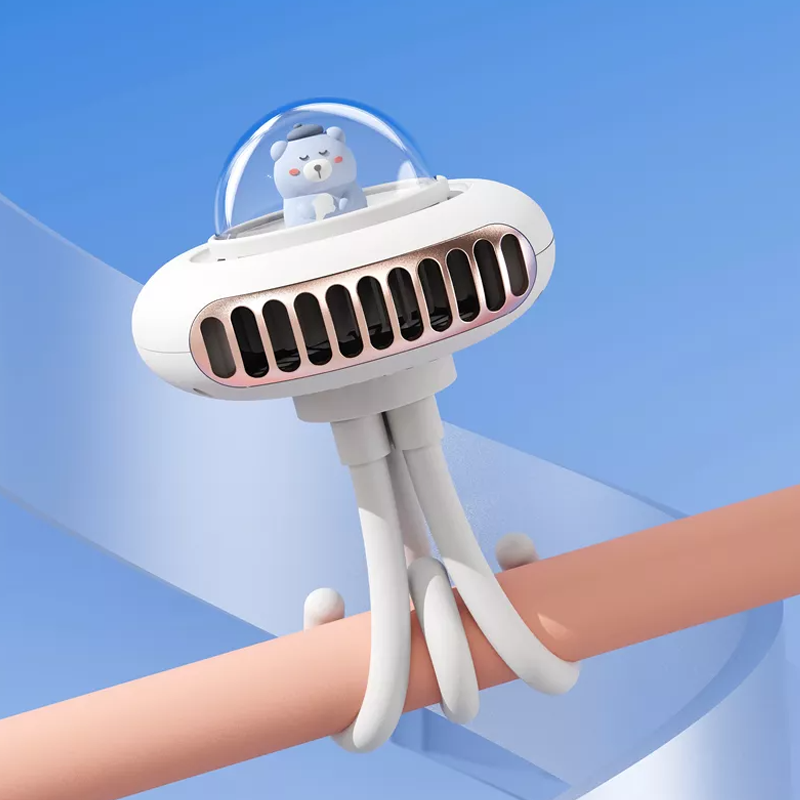


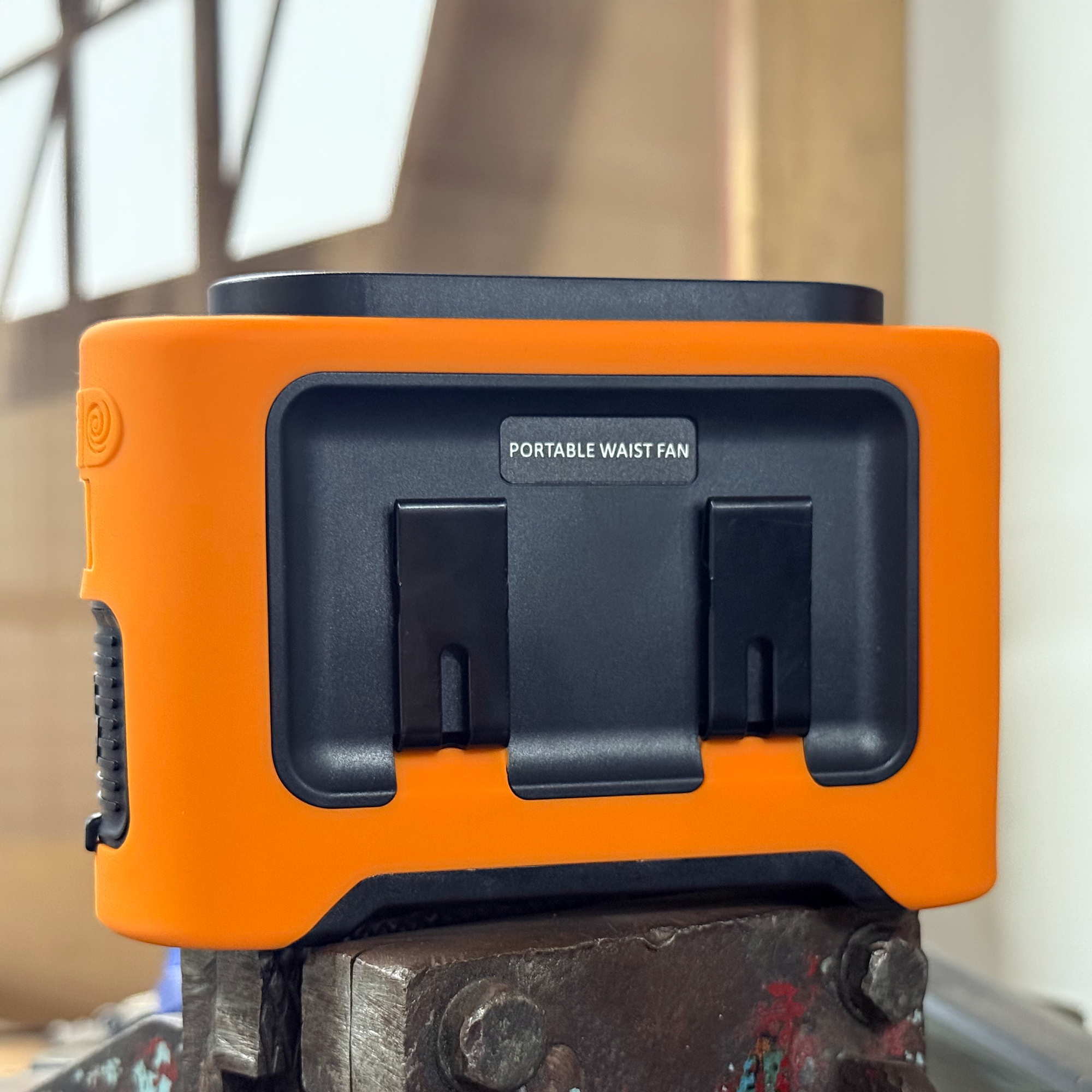

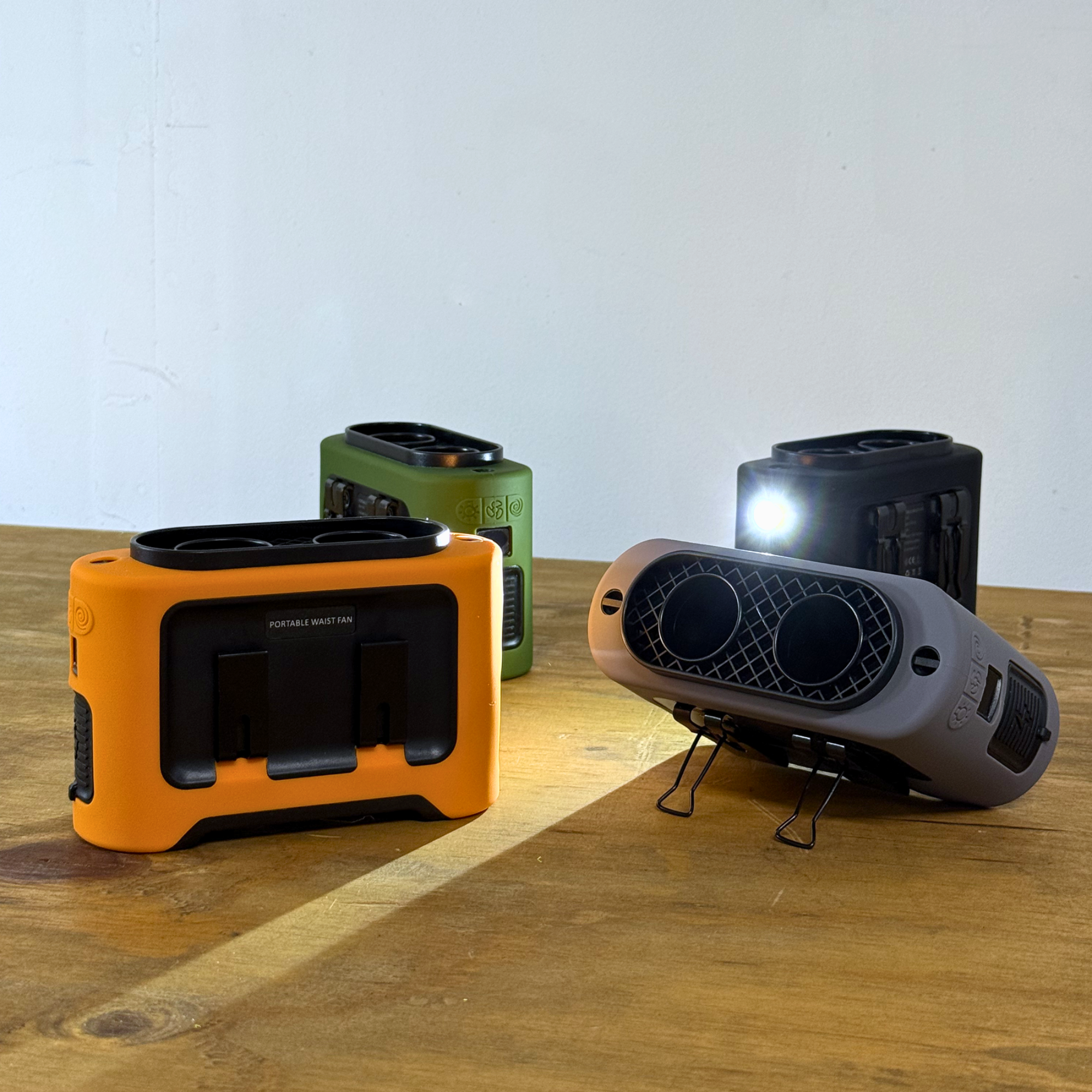

Share:
Why Australian Heat Hits Different: The Science Behind Our Scorching Summers
The Coolest Christmas Gift Guide